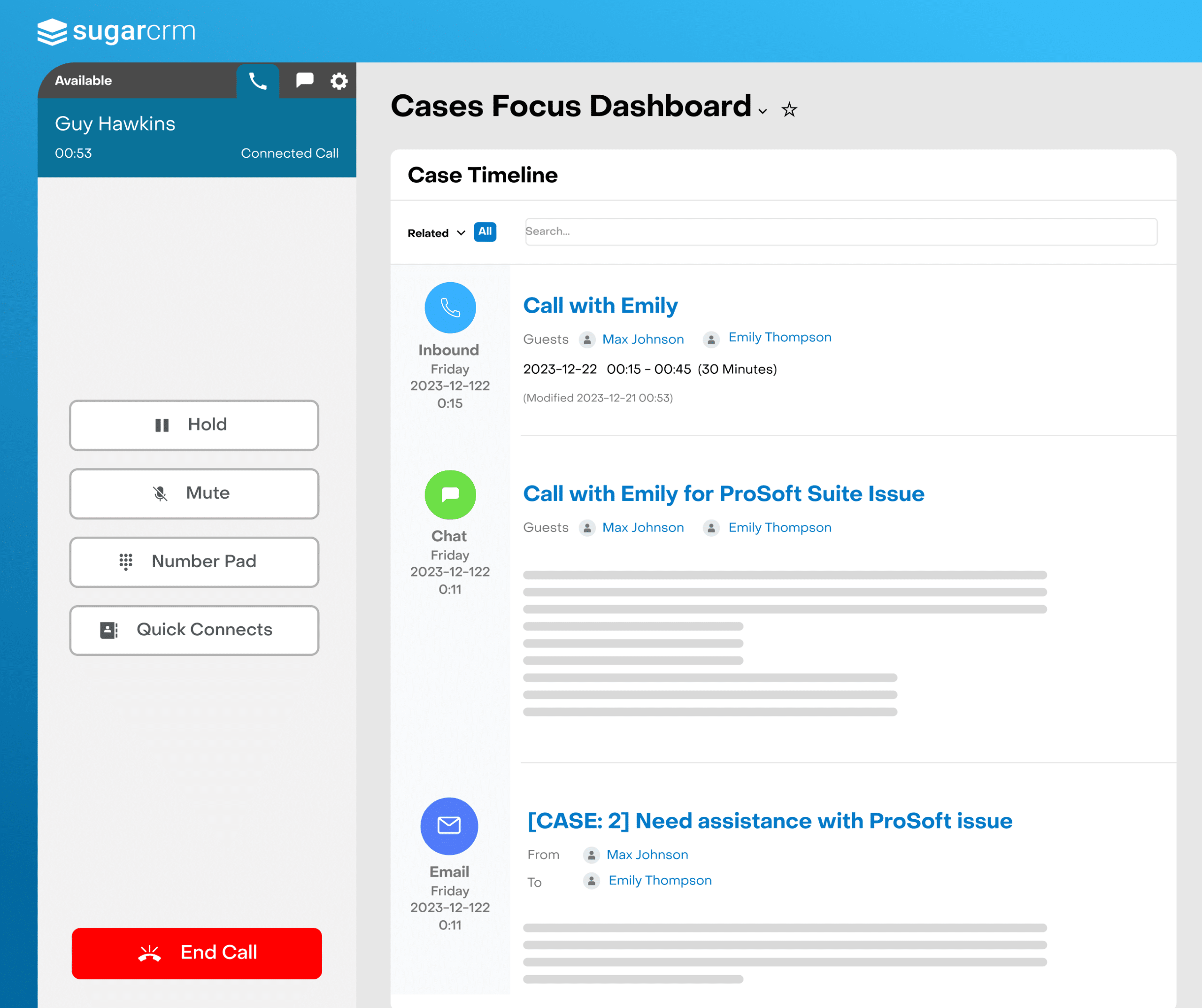CRM and the Case of the Missing Zero
 When talking about the CRM market, a lot of numbers are thrown around. Analyst firms like Gartner and IDC do amazing jobs of calculating the annual spend in the market, which will be more than $30bn in a few years. There are lots of huge companies selling CRM software (usually among other technology pieces), and the space gets a lot of news coverage.
When talking about the CRM market, a lot of numbers are thrown around. Analyst firms like Gartner and IDC do amazing jobs of calculating the annual spend in the market, which will be more than $30bn in a few years. There are lots of huge companies selling CRM software (usually among other technology pieces), and the space gets a lot of news coverage.
But while these numbers and the continual buzz in CRM seems impressive…is it really?
SugarCRM co-founder and CTO Clint Oram and I have had an ongoing dialog for nearly a year now, about how the CRM industry has – in a lot of ways – utterly failed to live up to its potential over the past two decades.
“Failed?” You ask?
Yes, a big #Fail.
What we have been talking about internally is that the CRM industry now serves roughly 20-25m end users (you can take a composite of all research and it usually ends up around this number give or take a few million users). Now, while this seems like a big number, let’s look at some other “relationship management” tools out there and their user counts:
LinkedIn (professional relationship management): 200m+ Users
Facebook (personal relationship management): 1bn+ Users.
When we stack CRM up against similar (yet admittedly consumer oriented) concepts, CRM falls down in comparison in terms of seeding its total addressable market. Clint calls this, “The Case of the Missing Zero.” And I agree, why aren’t we asking the bigger questions about CRM, namely: Why is this a 20m user market and not a 200m market today?
I think the answer lies both in looking at the success of companies like Facebook and LinkedIn, and also in the history of business technology. In short, CRM originated in a time before such life-changing trends as: the internet, social media, cloud, mobile…pick your buzzword. Early CRM was expensive, difficult to deploy, and benefitted management and not the actual front-line users of CRM – those who deal with prospects and customers. And a lot of expensive, traditional CRM deployments are now in place, lack the modernity expected by today’s workforce, which only exacerbates the issue. And, what’s more, nearly every traditional CRM providers’ offerings were built in this pre-web/social/mobile/cloud era and are thus ill equipped to meet the needs of the individual user.
But…there is hope. If we as an industry start focusing more on the actual users of CRM, and build tools that help them do their jobs, not simply capture data, we can bridge this huge adoption gap.These tools should be simple to use, mobile friendly, and not only make sense of the mounds of structured and unstructured data about every customer – but provide fast and valuable insight around this data to every user at every turn.
And by creating pricing that actually works with companies to put the software in more users’ hands – we can start seeing the true promise of CRM. This isn’t about selling more software (well, in some ways it is), but rather empowering more people in the organization who touch the customer. It’s not about having to make hard decisions about who does and who does not get to use the tools designed to improve the lifeblood of your business – your customers – it’s about giving everyone access to the information they need to provide better service, make more informed decisions, and simply promote better customer relationships.
We are making headway in this area, and made some significant announcements this morning to that effect. While it is early in what I feel is a transformative time in CRM, I am excited. By bringing innovation back into this industry in a big way, empowering more individuals in every company we serve, and simply helping make great customer experiences happen, I hope to see this industry find that missing zero (yes, everyone not just SugarCRM) and show what a difference great CRM can really make.
